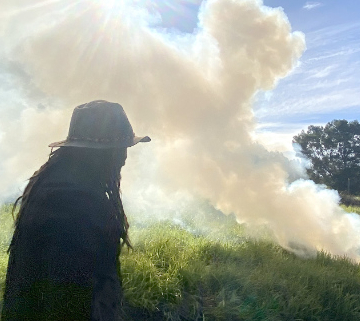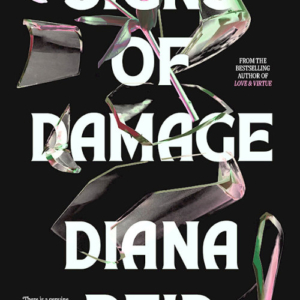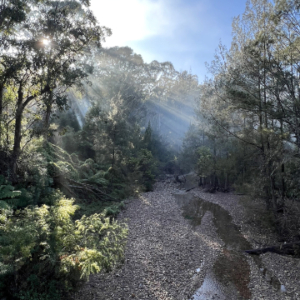First Cultural Burn in Tilba in over 230 years
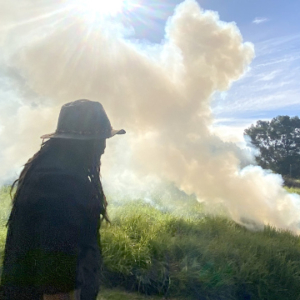 For tens of thousands of years, fire has been used as a medicine for the earth – the right fire in the right place at the right time can restore environmental balance (Firesticks website)
For tens of thousands of years, fire has been used as a medicine for the earth – the right fire in the right place at the right time can restore environmental balance (Firesticks website)
As part of a long-term fire management plan, the Firesticks Alliance Indigenous Corporation, in conjunction with the local First Nations community and NSW National Parks and Wildlife Service, gained permission from the Gulaga/Biamunga Board of Management and the Tilba RFS to conduct their first ‘cool burn’ on the Gulaga mountain escarpment in perfect conditions in June.
Firesticks Community Coordinator Rhys Morgan and Koorin Campbell, lead fire practitioner, doorknocked Tilba residents, providing detailed information on the upcoming burn.
‘We have to give at least 24 hours’ notice before any burns. We know it’s short notice, but we can’t give longer notice because we need to work with the Country to make sure conditions are just right, and they can change quick over time’, said Koorin. ‘We have to look at where the wind is, and the soil moisture and temperature. And the sun can draw the moisture out of the ground, so for us, we need to just act quickly when the Country is ready. Today we waited for the dew to drop to keep extra moisture there, and as you can see, it just burned perfectly.’
A cultural burn is a ‘cool burn’, which means that the fire is confined to the ground/shrub layer and the tree canopy is not burnt. It’s beautiful to watch; there is such a gentleness about it.
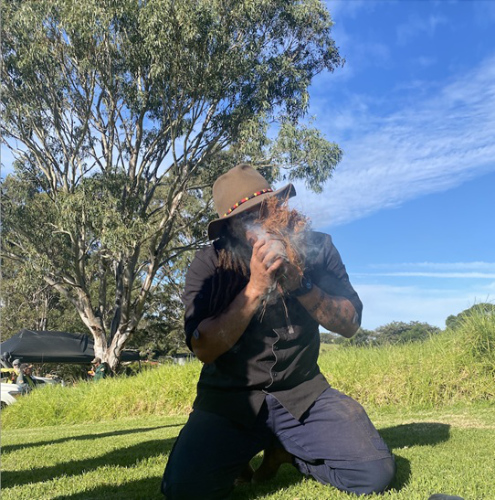
The primary objective of cultural burns is to reduce and manage fuel loads and promote the regeneration of native plant species. But fire is also used to gain better access to Country, clean up important pathways, maintain cultural responsibilities, and is part of cultural heritage management. It also improves the health of particular plants, including bushfoods and native grasses, creates better habitat for threatened species, and improves biodiversity in general.
‘The Country is so sick at the moment that we need to sometimes do a couple of “reset” burns to get it back to looking anything like normal’, said Koorin.
Each cultural burn site offers an opportunity for research. Firesticks has a database containing pre-burn, during-burn and after-burn assessments.
The burns also offer training opportunities for young people learning the ways of cultural burns. For example, they’ve learnt that the colour of the ash can tell a lot.
‘The right moisture at the right temperature gives us a charcoal mulch layer. We need that mulch layer for the microorganisms in the soil. But if you burn Country with hot fire the ash is white and it’s going to put lime into the soil and you get the wrong plants and trees taking over.’
Koorin points to the nearby wattle and pittosporums. ‘They shouldn’t be up here. They’re a native tree but this is not their place. They need to be down in the gully near the water.’
Koorin said that when a country experiences a hot burn (such as the 2019/2020 fires), a cool burn within twelve months will prevent incorrect species from taking hold.
‘Understanding the ecology of each place is important. Going through a process of working on different Country types and just being around fires and seeing our fires helps the young ones to learn which tree species work in which soil types. You’ll find that the trees that are meant to be in the area will have the right [native] grasses around them.’
Cultural burns will be taking place in the region through to September when weather conditions allow, and residents will be advised ahead of each burn.
Shanna Provost
Captions: (top) Overseeing the cool burn. Photo: Daniel Hodgson; (above) Koorin creates fire the traditional way, Photo: Shanna Provost.
***
 Firesticks is a national Indigenous network that empowers communities to protect and enhance Country and wellbeing by reviving Cultural knowledge practices. Through mentoring, training, and advocacy, they are demonstrating the value of Indigenous land management and knowledge systems. They have supported 35 communities over 10 years to restore the cultural wellbeing and identity of their Country, while battling climate change and environmental disorder. Communities across the nation are leading the way in managing their own regions through Cultural Fire, providing opportunities for future generations.
Firesticks is a national Indigenous network that empowers communities to protect and enhance Country and wellbeing by reviving Cultural knowledge practices. Through mentoring, training, and advocacy, they are demonstrating the value of Indigenous land management and knowledge systems. They have supported 35 communities over 10 years to restore the cultural wellbeing and identity of their Country, while battling climate change and environmental disorder. Communities across the nation are leading the way in managing their own regions through Cultural Fire, providing opportunities for future generations.
Firesticks website | Firesticks podcast
